 Copyright
Copyright
This eBook is copyright material and must not be copied, reproduced, transferred, distributed, leased, licensed, publicly performed or used in any way except as specifically permitted in writing by the publishers, as allowed under the terms and conditions under which it was purchased or as strictly permitted by applicable copyright law. Any un-authorised distribution or use of this text may be an infringement of the authors and publishers rights and those responsible may be liable in law accordingly.
:
ISBN 978-0-9562427-9-2
Publisher: Modus Associates Limited
 Welcome!
Welcome!
Welcome to this new edition of Its EZE Lanzarote! where we attempt to provide an extensive look at the Canary Island of Lanzarote. Located off the North African coast this island has become one of the most popular summer and winter destinations, with huge numbers of holidaymakers heading for the island each year. We trust you too will enjoy reading about its attractions, places to see and things to do!
Sections
How to use this book
This book is constructed around chapters which group like items in alphabetic sequence.
Obviously, you can just read this eBook by moving page by page through its content - that way you definitely wont miss anything! However there is another way to view its content, via the Chapter Indexes. These allow you to jump to the items that interest you most. Check on how the Index function works on your eReader. If you need further assistance, look at our eReader Help Pages on www.eze.uk.com/userhelp .
 Contents
Contents
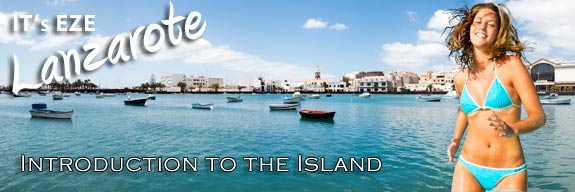 Introduction to the Island
Introduction to the Island
The most northerly and easterly of the main Canary Islands, Lanzarote is some 100km off the African Coast and owes its name to the Genoese sailor Lancelotto Malocello who arrived in the second half of the 14th century. Mind you, the aboriginal inhabitants called the island Tite-roy-gatra, or Red Mountain; and the Romans called it Pupuria because of the abundance of purple lichen (orchil).
Its balmy climate makes it a popular year round holiday destination. The temperature never gets too high or too low and rainfall levels are low. Its a bit different to the other Canary Islands, other than La Palma, as its recent volcanic past has dramatically shaped the scenery. Timanfeya, Fire Mountain, is the main part of that volcano to be seen today. The land is basically black well a dark greyish browny black and there isnt much greenery around. UNESCO declared the whole island a World Biosphere Reserve in 1985 a reflection of its unique geographic heritage.
Timanfeya is the most obvious volcanic feature but dont miss the Atlantida tunnel the longest volcanic tunnel in the world with the Jameos des Agua and La Cueva de los Verdes being the most accessible bits.
So what else is there? There are lovely beaches albeit some with dark volcanic sand, great water sports and other activities. The best beaches for classic beach holidays are on the east coast long stretches of sand. The resort areas are fairly small and youll only find one tall building on the whole island (the Gran Hotel in Arrecife). Everywhere else its low rise with mainly white buildings set against the dark land.
There are strange volcanic vineyards at La Geria, Playa Blanca and Papagayo. La Graciosa and the rest of the Chinijo Archipeligo, lying off the northern tip of Lanzarote, form a vast nature park.
One person has been responsible for much of Lanzarotes artistic and architectural heritage. Csar Manriques legacy includes the wonderful Museum of Modern Art housed in the San Jose castle in Arrecife, the cactus garden, El Rio lookout and the ubiquitous Csar Manrique Foundation. The low-rise white buildings, reflecting the vernacular and so typical of Lanzarote are part of Manriques vision for the island.
Tourism has only been a major influence on the island since the 1980s. Before then Lanzarote depended upon agriculture and fishing. Now holiday accommodation includes some nice hotels as well as a wide range of self-catering apartments. The main places have all the bars, restaurants and shops youll need to make your holiday complete.
 History
History
The original inhabitants of the Canary Islands are known as the Guanches and they probably arrived from North Africa. Technically Guanches refers to a particular tribe on Lanzarote with the Fuerteventura aborigines known as Mahorero. They were mainly cave dwellers Stone Age really - although they also built dry-stone shelters. There was very little animal life on the islands and they garnered a living from the land and sea without benefit of ploughs or wheels. They did make pottery however, using the local clay and with simple incised geometric decorations. Some of the pottery has been found and replicas are made today very modern looking it is too!
Lanceletto Malocello, a Genoese navigator, arrived on the island in 1312 and is credited with making it known to the European powers of the time. He found a fairly sophisticated structure with a ruling class headed by King Zonzamas. The royal palace was near San Bartolome, and its remains are regarded as one of the most important archaeological sites in the Canary Islands.
The Spanish invaded in 1402, lead by Jean de Bthencourt, a Norman who was working for the King of Castile. It appears that the Guanches welcomed the Spanish invaders as they promised protection from pirates. After the conquest Bthencourt was granted the title of king of the Canary Islands by the Pope but soon retired to France. His nephew, who was forced to abdicate after a somewhat tyrannical rule, succeeded him.
For the next 400 years the islands were ruled feudally by the de Herrera family. Then in 1812 the Constitution of Cadiz abolished the feudal system and the islands became a Spanish province. Then in 1852 they became free ports, exempt from customs and excise duties a status they still enjoy.
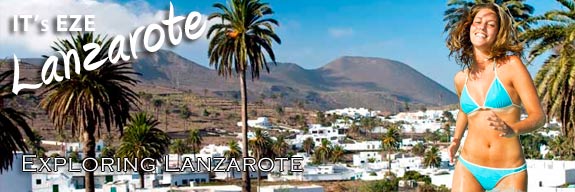 Exploring Lanzarote
Exploring Lanzarote
The island of Lanzarote holds many treasures. We look at them in groups.
 The East of the Island - 1 of 2
The East of the Island - 1 of 2
This chapter lists the many resorts and beaches which are found in the East.
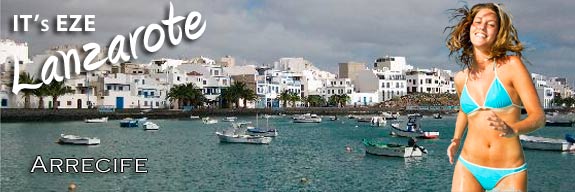 Arrecife
Arrecife
Arrecife is the island capital, very much the largest place as well as the major port. The airport is just outside the town. Theres a palm lined promenade and a maze of narrow streets behind with the main shopping area around the Calle Leon Y Castillo. Its not really a resort town but there are a couple of nice beaches and the only high rise building on the island (built just before the restrictions inspired by Manrique came into force). The attractions are a couple of super museums housed in castles and the big harbour.

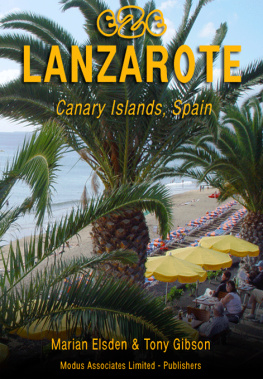

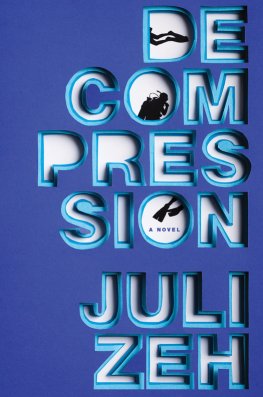
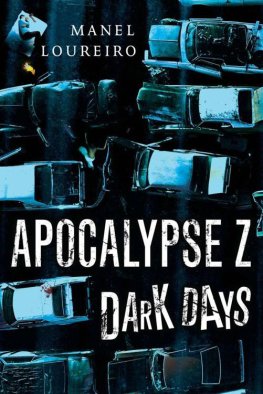
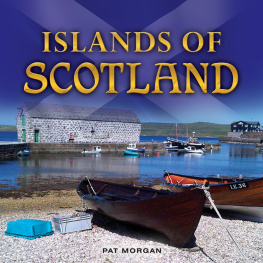

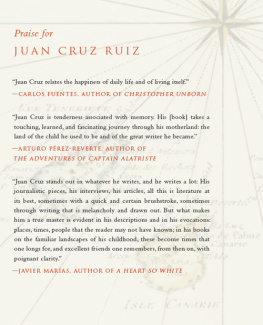

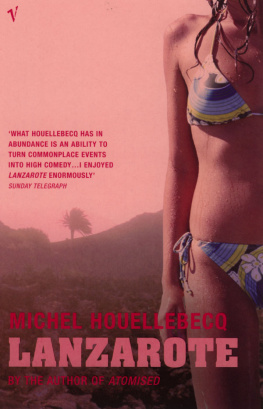
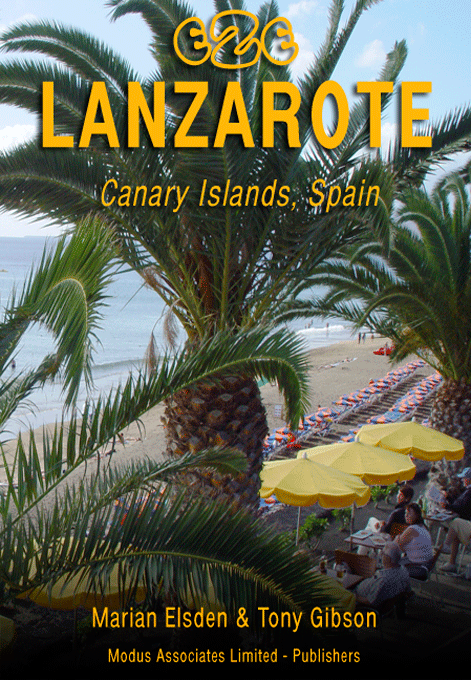
 Copyright
Copyright Welcome!
Welcome! Contents
Contents Introduction to the Island
Introduction to the Island History
History Exploring Lanzarote
Exploring Lanzarote The East of the Island - 1 of 2
The East of the Island - 1 of 2 Arrecife
Arrecife